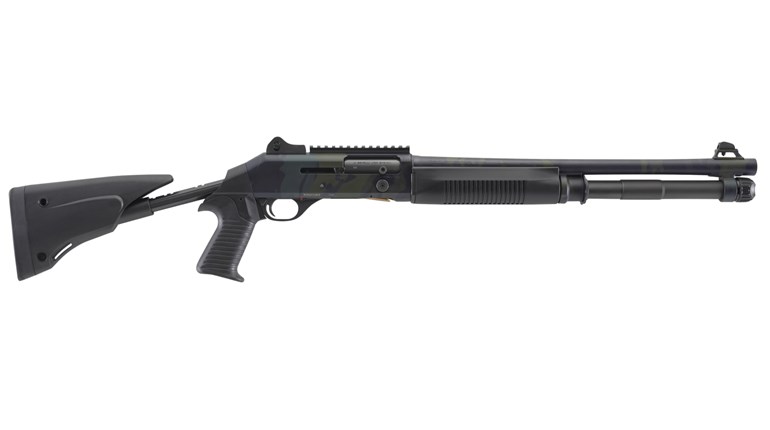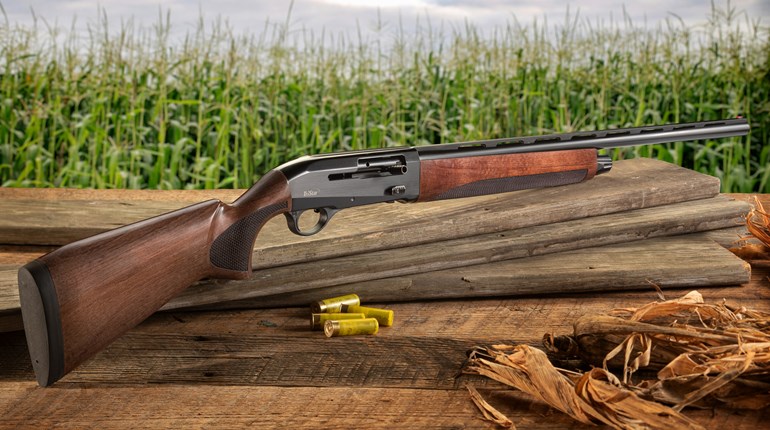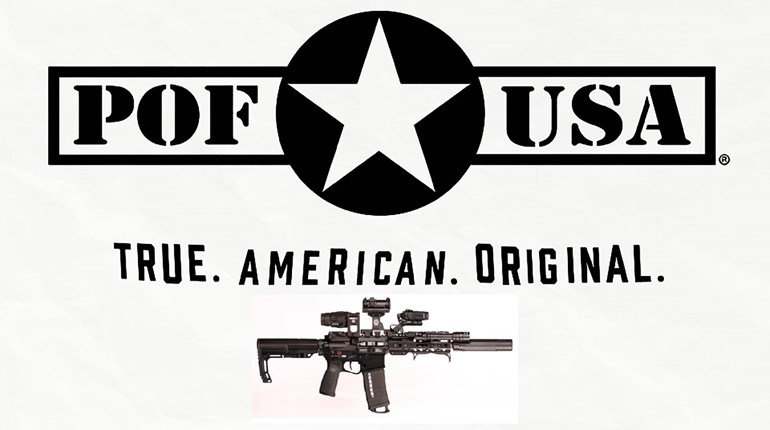
1. Originally a British game, sporting clays first hit U.S. shores in 1980.
Prior to the 1980s, U.S. clay target sports consisted of trap and skeet, with some backyard hand-launched targets mixed in. Trap has been around since the late 19th century, and evolved from a live pigeon game into the clay target sport we know today. Skeet is an American invention born in the 1920s to help grouse hunters become more proficient shots. Both games became wildly popular, and were the only organized clays sports widely shot in the U.S. until the early 1980s, when sporting clays made its way across the Atlantic from England.
There is no one single event marking the first sporting clays experience in the U.S., but instead the game filtered across the pond in trickles. Advocates such as the great outdoors writer and shotgun expert Bob Brister, Dick Baldwin and Gerald Quinn of Remington and Hal du Pont all championed this new game. Occasionally, it was marketed as “Hunters Clays,” and strategically presented to the hunting public with a goal of buoying lagging firearm and ammunition sales.

The history is somewhat murky, but the earliest organized sporting clays competition in the U.S. is said to have taken place on Sept. 27, 1980, on the shores of Long Island Sound, at Remington’s Lordship Grounds in Stratford, Conn. A 30-target, two-person team contest, it was held in conjunction with National Hunting and Fishing Day.
Approximately 90 men and women assembled in partner teams at the now-shuttered Lordship for 10 birds each of Tower Birds, Riverside Skeet and a Modified Quail Walk.
The late “Too Tall” Fred Collins served as president of the now-defunct sanctioning body, Sporting Clays of America (SCA). He once told me, “We really didn’t appreciate at the time where it was going,” in reference to the tremendous popularity the game of sporting clays has seen since. The 1980 Lordship Tournament was a fundamental step in piquing U.S. interest in the game. More special events followed that introduced the concept to a wider audience.
Reviews of the 1980 introduction were overwhelmingly positive. A follow-up survey reported: “Sporting Clays provides a great degree of overall enjoyment and is very successful in simulating real hunting. Shooters scored the event very high on improving hunting skills with nine out of 10 rating the event excellent or very good.”
Other events—including one in 1981 that brought British course designer Chris Cradock to Maryland to introduce the game to a handpicked group of outdoor writers—cemented the shooting public’s interest in the game.
The support of du Pont, Remington, Winchester and other shooting industry behemoths played an invaluable role in gaining the public’s acceptance of sporting clays.
2. There are six types of clay targets used in sporting clays in the U.S.
The clay targets familiar to most of us are the domed 108 mm variety, but there are several other shapes and sizes commonly used in the game of sporting clays. The 90 mm “midi” is used to create an optical illusion. Midis, or 90s as they’re sometimes referred to, are often used to create the illusion of distance. If a shooter isn’t careful, he or she will mistake a 90 for a standard target, and apply too much “lead” or forward allowance—causing a miss in front.

The 60 mm target is the smallest clay pigeon. They come off the trap lightning fast but bleed off speed quickly. They have been steadily falling out of favor due to their unpredictable flight pattern. The 60 mm target often flies erratically and inconsistently.
The 70 mm target has only been around a few years but has largely replaced the 60 mm target in the target setter’s arsenal. With a better level of aerodynamic consistency, the 70 mm target flies true and is quickly becoming more common on today’s courses. Similar to the 90 mm, 70s can appear to be standard-sized targets, tricking the shooter into putting too much forward allowance on the shot.
The rabbit target is the same diameter as a standard 108 mm, but is much thicker and lacks any dome. Thicker, to stand up to the rigors of being rolled at high speed across the ground, they are harder to break, often prompting shooters to use hard-hitting 7½ shot. In addition, rabbits are sometimes thrown in the air—usually in a “chandelle” or arching presentation.
As for battues, they are wafer-thin. The same diameter as a standard clay bird, the battue has little dome and is aerodynamically unstable. They are usually thrown on edge, but slow down and “turn over,” showing full face before quickly falling to earth. Easy to break due to its thinness, the battue is a unique flying target and an important element in any course designer’s menu.
3. Some clay target colors are better suited to specific visual backgrounds.
Clays come in various colors, including orange, black, chartreuse, white and pink. Some are painted top and bottom, some only on the top side. Black surfaces on clay targets are not painted at all, but are naturally black in color due to the target’s composition. One variation, called orange dome, sports an orange top with a black outer rim.
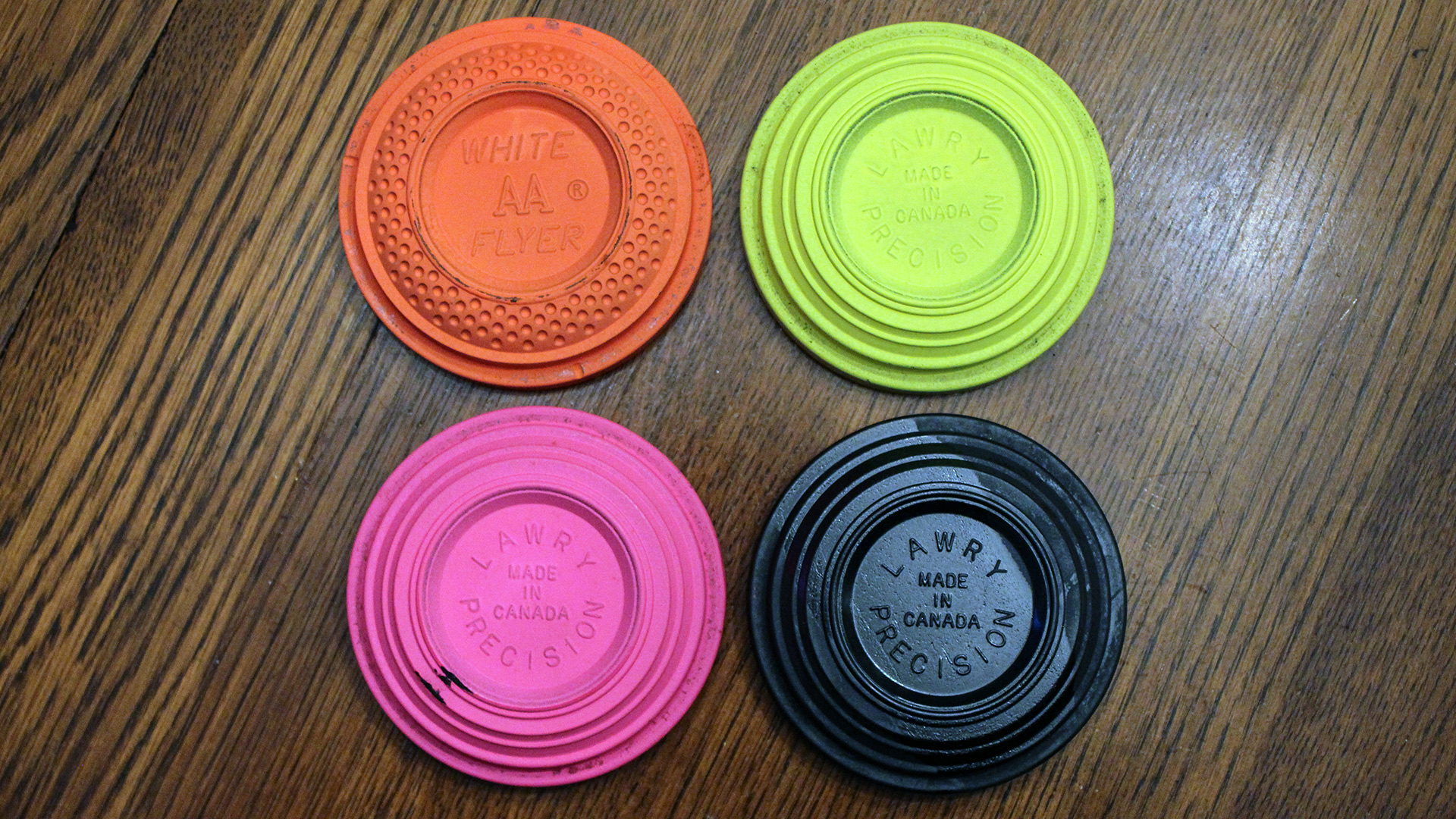
The mark of a good target setter (person who “sets” the course) is to provide a creative mix of target presentations without any “eye tests.” It is considered a target-setting faux pas to make any shots difficult to pick up visually, thus stacking the odds in the favor of young eyes.
There are general rules to which good course setters adhere. It is widely accepted that a black target shows up best against the open sky. Black targets against a background of foliage can be difficult to see, instead prompting the use of a bright color. Additionally, orange targets against autumn colors can be problematic. Different colors lend themselves to certain situations, and the mark of a good target setter is to make sure all target presentations are clearly visible to shooters.
4. Clay pigeons do not contain any clay at all.
George Ligowsky (1857-1891), of Cincinnati, Ohio, is credited with the invention of the clay target. His Sept. 7, 1880 patent introduced a saucer-shaped flying target to the shooting world, made of clay and fired in an oven. Ligowsky’s invention replaced the short-lived glass ball target, which was itself a replacement for live pigeons that were increasingly falling out of favor as a target in organized competition. Ligowsky’s clay target is said to have “rang like a bell” when hit, and was hard to break.
Today’s targets are mostly comprised of ground limestone, bound together with petroleum pitch and contain no actual clay at all. Petroleum pitch targets offer a good solution in terms of economy and throwability, breaking well when hit with just a few pellets from a shotgun blast. But pitch-based targets are considered somewhat toxic, and ecologically friendly alternatives have cropped up over the years.
A popular line of targets produced by White Flyer are marketed as biodegradable. "Bios," as they’re referred to, have a high sulfur content but do not contain petroleum pitch. However, biodegradable target fragments can alter soil pH, thereby affecting vegetation. For this reason, White Flyer recommends a regimen of course management that includes raking of debris and spreading of powdered limestone to normalize soil pH levels in areas of heavy use of sulfur-based, biodegradable targets.
Champion brand BioBird targets are marketed as biodegradable and are said to use a “naturally-occurring forestry product and limestone” (no sulfur) to not affect soil pH.
5. Rules for registered sporting clays shooting have evolved.
Sanctioned sporting clays has undergone various rule changes over time. Originally, sporting clays in the U.S. was a low-gun sport, meaning the buttstock of the gun needed to be held below shoulder until the bird was visible. This rule was eventually phased out, as enforcement was very difficult to maintain. Today’s competitors can shoot from a fully mounted position, and nowadays you’ll see everything from a low-gun mount, to fully mounted shooting styles, often dependent upon the shooters’ preference at a given target presentation.

Other practices, such as the “poison bird,” fell by the wayside. Points would be deducted when a shooter broke a special poison bird, which was a different color than normal targets. Early courses also often featured a rowboat suspended off the ground by ropes or chains. Targets thrown at a duck-boat station were shot from a seated position inside the bobbing boat. This harkened back to the early days of “Hunter Clays” and was eventually phased out to provide a uniform experience. These days all shooting, except for wheelchair shooters, is done from a standing position.
6. International sporting clays competition is called FITASC and has its own unique rules.
The sporting clays game we know in the U.S. is referred to as English sporting in other countries. A more widespread game, what we Americans call FITASC (pronounced FEE-task), is shot worldwide. FITASC is an acronym for the French organization that oversees the sport: Fédération Internationale de Tir aux Armes Sportives de Chasse.
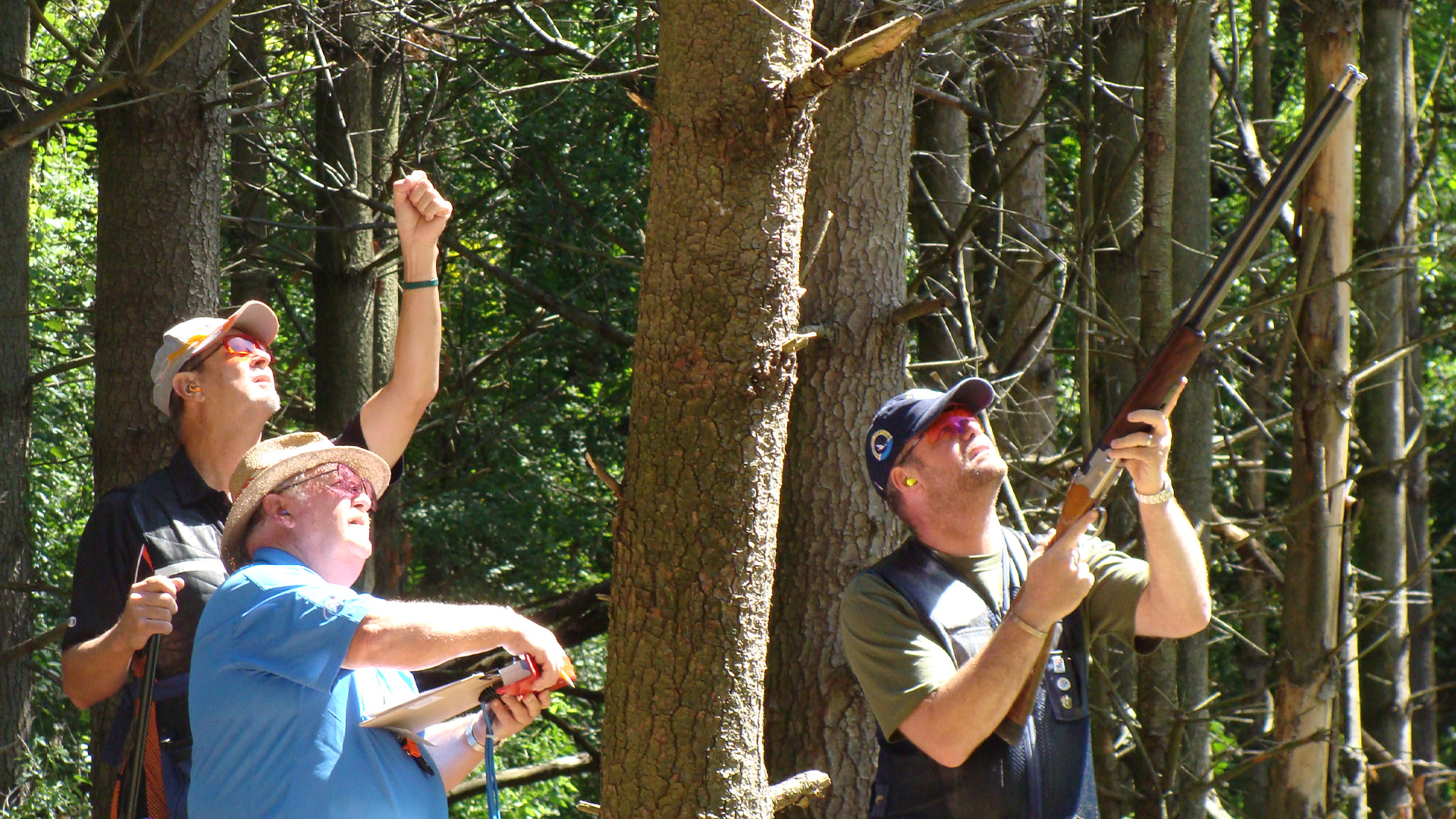
FITASC is regarded by many to be the purest form of sporting clays. Twelve-gauge shells are limited to one ounce of shot, targets are attempted from a low-gun position and there is even a strict dress code. The stringent rules can dissuade shooters from giving the game a shot, but it’s really not as bad as it sounds. In fact, the World FITASC Championship, which rotates from nation to nation, is among the most coveted shotgun shooting titles. Learn more about FITASC at fitasc.com
Read more: 5 New Competition Shotguns For 2021














